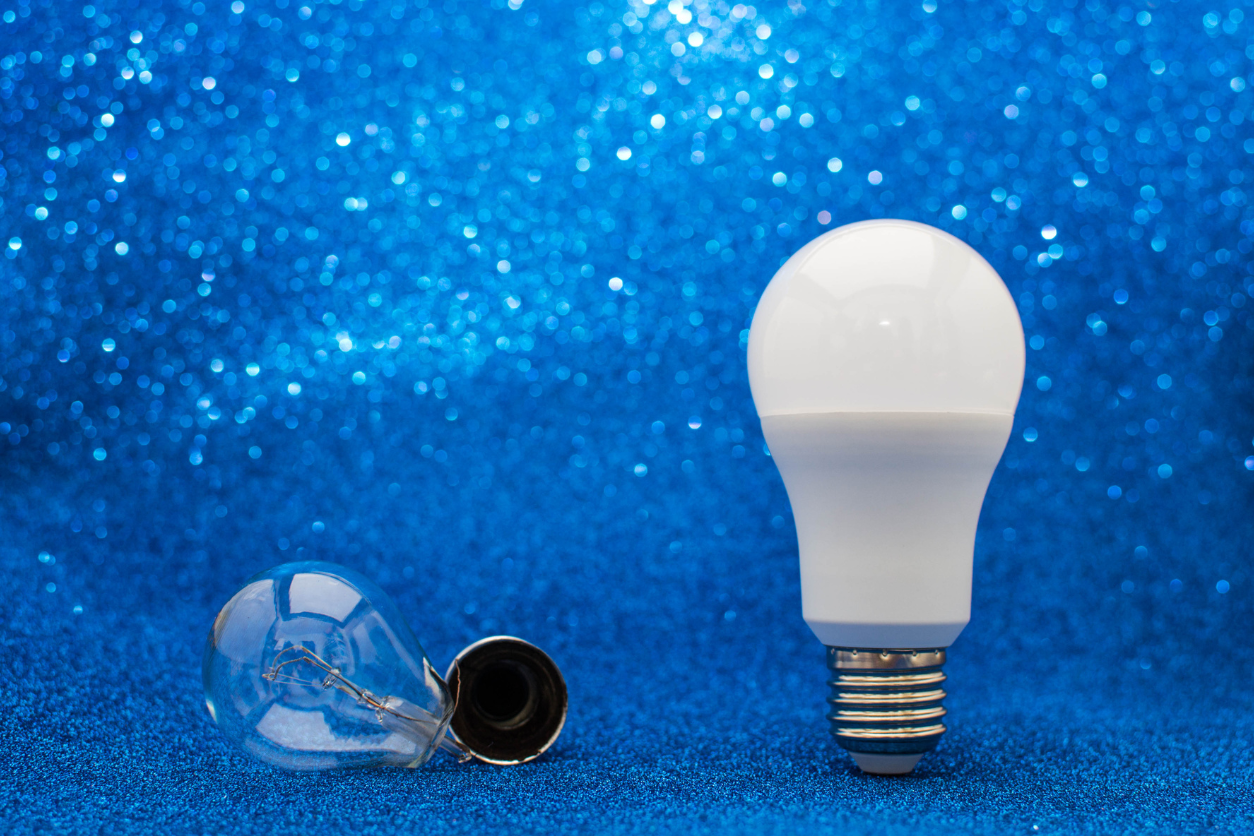Halogen vs LED: Which Lightbulb Is More Energy Efficient?

In the ever-evolving realm of lighting technology, the relentless pursuit of energy efficiency has spawned ingenious solutions illuminating spaces while minimizing our ecological impact. Standing prominently in this arena, halogen and LED lightbulbs compete for attention. As we tread the path of environmentally conscious choices, a crucial question emerges: Which of these illuminating choices truly excels in energy efficiency?
A comprehensive exploration into the nuances of halogen and LED lighting becomes imperative to untangle this intricate enigma. This involves thoroughly comparing their efficiency metrics, longevity, and wider environmental consequences. Through this analysis, we can shed light on the path toward a greener and more illuminated future.
Efficiency in Energy Consumption
Halogen lightbulbs are a type of incandescent bulb known for their warm and natural light output. However, when it comes to energy efficiency, they fall behind their LED counterparts. The principle behind halogen bulbs is simple: they emit light when a tungsten filament heats up due to electric current passing through it. Though effective in generating light, this process is highly inefficient as a significant portion of the energy is lost as heat rather than light. As a result, halogen bulbs consume more energy to produce the same amount of light as LEDs.
On the other hand, Light Emitting Diode (LED) bulbs have revolutionized the lighting industry with their superior energy efficiency. LEDs pass an electric current through a semiconductor, causing electrons to emit photons and create light. This process is incredibly efficient, with minimal energy lost as heat. LEDs can produce the same light as halogens while consuming only a fraction of the energy. This energy-saving attribute of LEDs reduces electricity bills and contributes to lowering carbon emissions, making them a greener choice.
Longevity and Durability
Another crucial aspect to consider when comparing halogen and LED lightbulbs is their lifespan. Halogen bulbs have a relatively shorter lifespan compared to LEDs. The constant heating and cooling of the tungsten filament in halogen bulbs lead to its gradual deterioration, resulting in a limited lifespan of around 1,000 to 3,000 hours. This shorter lifespan translates to more frequent replacements, increasing maintenance costs and generating more waste.
In contrast, LEDs are renowned for their exceptional longevity. Depending on the quality and usage, they can last anywhere from 20,000 to 50,000 hours or even more. This longevity reduces the hassle of frequent replacements and contributes to lower waste production. LED bulbs are well-suited for hard-to-reach areas where changing bulbs can be challenging, making them a practical choice for residential and commercial settings. Moreover, smart LED lamps have added a new dimension to lighting technology, allowing users to control the light intensity, color, and scheduling through smartphone apps or voice commands. This level of control enhances energy efficiency by tailoring lighting to specific needs and reducing unnecessary energy consumption.
Environmental Impact
When evaluating the environmental impact of lightbulbs, it’s essential to consider factors beyond energy consumption. Halogen bulbs emit considerable heat during operation, contributing to indoor temperature increases, which can lead to higher cooling requirements. This indirect energy usage further escalates the overall energy demand and carbon emissions.
LEDs, on the other hand, shine brighter in terms of environmental impact. Their energy-efficient operation reduces electricity consumption, leading to lower greenhouse gas emissions. Moreover, since LEDs last significantly longer, fewer bulbs end up in landfills, reducing the strain on waste management systems. Additionally, LEDs do not contain hazardous materials like mercury, which is present in other lighting technologies, making them a safer choice for human health and the environment.
Cost Considerations
While LED bulbs typically have a higher upfront cost compared to halogens, their long-term benefits easily outweigh this initial investment. The energy savings over the LED’s lifespan can result in substantial cost reductions on electricity bills. Moreover, the need for fewer replacements and reduced maintenance costs make LEDs a financially savvy choice in the long run.
Summing Up
When it comes to the battle of energy efficiency, halogen bulbs pale compared to the superior performance of LED lightbulbs. With their remarkable energy-saving capabilities, extended lifespan, and positive environmental impact, LEDs emerge as the clear winner. While the upfront cost might seem higher, their long-term benefits regarding energy savings, reduced maintenance, and lower environmental footprint make LEDs well worth considering. As we strive for sustainable living, switching to LED lighting is a small yet significant step that each of us can take toward a greener future.
Your Trust, Our Core Commitment
At Rising Tech, earning and maintaining your trust is the cornerstone of our mission. We're dedicated to transparency, impartiality, and the relentless pursuit of truth in every article, review, and recommendation we publish. Our commitment to these principles ensures that you, our valued reader, are always equipped with reliable and unbiased information. Let us be your trusted guide in the ever-evolving world of technology.